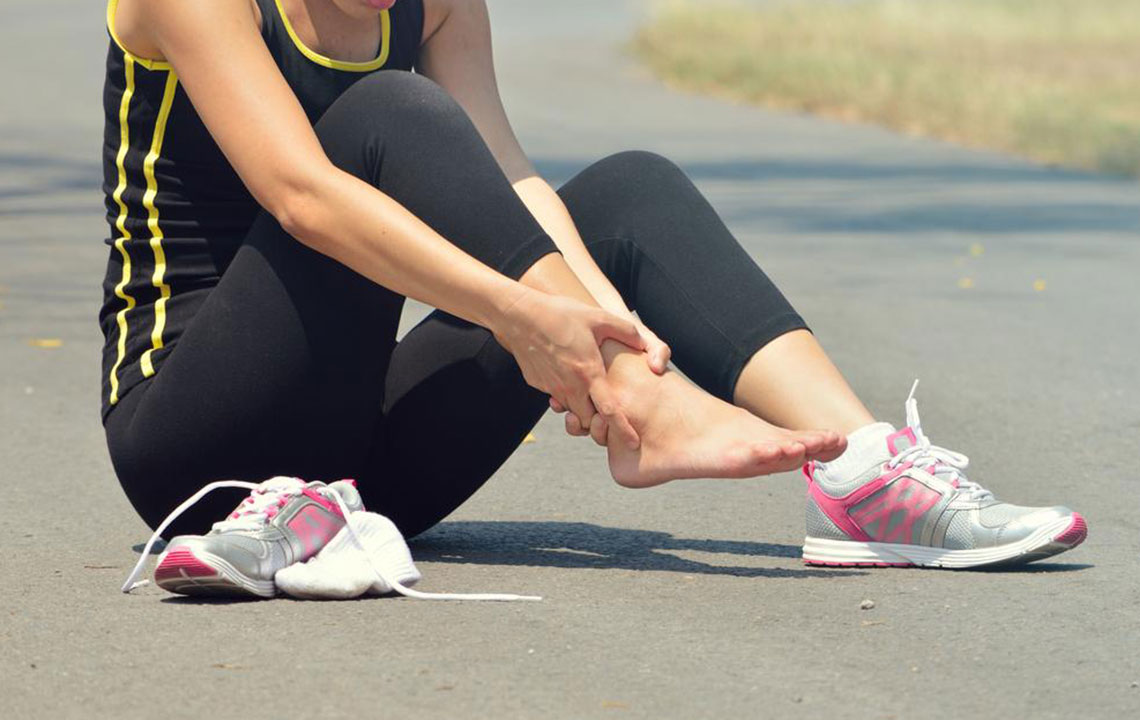Effective Treatments for Plantar Fasciitis
Plantar fasciitis is a flat band of tissue which helps connect the heel bone to the toes. Straining of plantar fasciitis leads to it getting swollen and irritated. This condition is common in middle-aged people but happens in younger people who use their feet a lot. Athletes and soldiers suffer from this medical condition.
Causes of plantar fasciitis
This medical condition is caused by straining of the ligament which supports the arch.

The plantar fasciitis treatment is initiated to cure inflammation and pain in the heel. This treatment is also done with the objective of improving strength, flexibility and thereby correcting the foot problem.
Most of the people who suffer from this medical condition recover within a year of initiating the plantar fasciitis treatment and 95 percent of these are able to get over this problem with nonsurgical plantar fasciitis treatment. Rest of them might require surgery to deal with this problem.
It is worth mentioning here that if the plantar fasciitis treatment is started at the initial stage only, it takes less time for healing in comparison to the situation when the plantar fasciitis treatment is delayed.
Initial treatment for plantar fasciitis
There is a range of ways which can help a patient get relief in the condition of plantar fasciitis. The effectiveness of these methods has not been scientifically explored but has been found to give imminent relief to the patients.
- People suffering from plantar fasciitis need to rest their feet. In such condition activities which aggravate this condition must be limited. Running should be avoided as should be walking on hard surfaces.
- Inflammation and pain can be reduced by putting ice on the heel. A non-steroidal anti-inflammatory drug like ibuprofen and naproxen can be used to get some relief from plantar fasciitis condition. These drugs come both in pill and cream form and can be used as required.
- Shoes with shock absorption having the correct arch also help in recovering from this problem. Shoes that have a good cushion are also helpful for people who suffer from palate fasciitis.
- Athletic shoe stores have shoe inserts which can help cushion the heel. Wearing these on a regular basis also help in getting over this problem.
- The shoes should be put on as soon as a person gets out of the bed. If a person suffering from this disorder goes barefoot, the condition is likely to deteriorate.
- Simple exercise as calf stretch, toe stretch and towel stretch when done on a regular basis during morning hours also help in recovering from palate fasciitis.
Using heat on the feet should be avoided as it tends to worsen the condition in some cases. Instead, contrast bath which uses hot and cold water alternately will help.
Weight loss for people who tend to be overweight will also help in getting over this medical condition.
Non-surgical methods like adequate rest, use of ice and stretching exercise if helps in relieving of the plantar fasciitis symptoms should be used on a continuous basis. If the condition of the patient does not improve within a time span of 6 weeks, some other nonsurgical methods should also be tried in addition to those listed above.
Using custom-made shoe inserts
A prescription from doctors is needed if custom-made shoe inserts are to be used. People who have an unusual shape of their feet generally benefit from these custom-made shoe inserts.
Using night splints
A night splint usually holds the feet in such a way that toe is pointed up and the foot and ankle remain at a 90-degree angle.
Using walking cast
A walking cast can be used on the lower leg. This method is expensive than other nonsurgical methods. When this cast is removed, some sort of rehabilitation is required to get the normal range of motion back. Surgery in cases of plantar fasciitis is recommended only in severe cases when non-surgical methods do not help.
Treatment course in the worst case scenario
Corticosteroid shots are recommended by doctors in case non-surgical plantar fasciitis treatment does not help. These shots can help relieve the pain, even though for a shorter duration. These shots are however painful and if taken on a regular basis will damage heel pad and plantar fascia.
For people who do not recover through these and other such plantar fasciitis treatments, doctors recommend plantar fascia release surgery which involves cutting some small parts of plantar fascia ligament. This releases some of the tension and will thus offer some relief from inflammation of the ligament.
Jogging for people who have some signs of plantar fasciitis is recommended by the doctors as it helps in reducing the pain in the initial stages itself.




